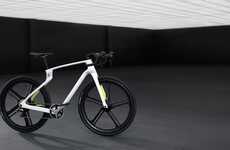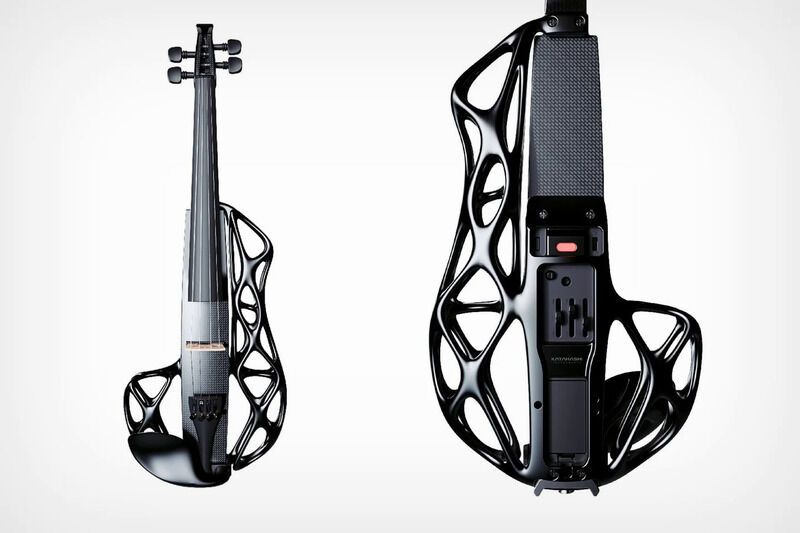
The Karen Ultralight Electric Violin is Durably Constructed
Michael Hemsworth — July 13, 2022 — Art & Design
References: anima.es & yankodesign
Stringed instruments are commonly crafted out of wood which is great for sound resonance but not for durability, which is something the Karen Ultralight Electric Violin takes into account. The musical instrument has been designed by Anima Design for Katahashi Instruments and features a 3D-printed construction achieved with polyamide and carbon fiber. Working in much the same way as an electric guitar, the instrument features a 1/4-inch jack output and a headphone jack, while also featuring an internal 9V battery.
The Karen Ultralight Electric Violin maintains a skeletal construction, which eliminates all unnecessary components in favor of a more durable yet compact design. The violin could thus be easily manufactured en masse and could also be printed into a model perfect for left-handed musicians.
The Karen Ultralight Electric Violin maintains a skeletal construction, which eliminates all unnecessary components in favor of a more durable yet compact design. The violin could thus be easily manufactured en masse and could also be printed into a model perfect for left-handed musicians.
Trend Themes
1. Skeletal 3D Printing - The use of 3D printing in creating skeletal structures of instruments or products that require durability while maintaining a light-weight design.
2. Carbon Fiber Construction - The use of carbon fiber in product construction, especially for musical instruments, for increased durability and improved sound quality.
3. Compact Sustainable Design - The trend in creating musical instruments or products with a sustainable, eco-friendly, and minimalist approach to design.
Industry Implications
1. Musical Instruments Industry - The use of 3D printing technology and carbon fiber in the manufacturing of stringed musical instruments to create innovative and durable products.
2. Manufacturing Industry - The integration of 3D printing technology for the production of light-weight yet durable products with minimal waste, resulting in more sustainable and cost-effective manufacturing.
3. Consumer Electronics Industry - The use of eco-friendly materials, such as the carbon fiber and 3D printing, in the production of consumer electronics, particularly lightweight and portable ones for ease of travel and usage.
4.2
Score
Popularity
Activity
Freshness























